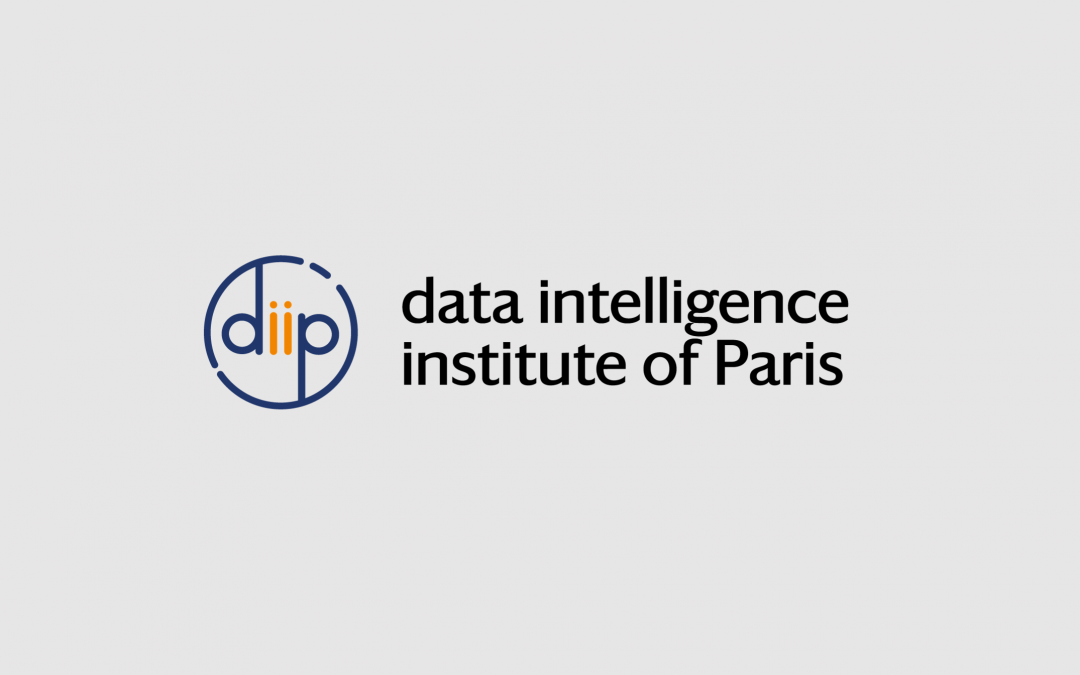2022
PhD/ DIAI Projects
@Astronomy
Particle physics and graph neural networks
Santiago PENA MARTINEZ
Project Summary
A new generation of neutrino experiments is in the horizon looking to explore many of the open questions on neutrino properties and searching for astrophysical sources. Among them is KM3NeT [1], a multi-Megaton detector under construction in the Mediterranean Sea. The detectors consist of arrays of Photo-Multiplier Tubes (PMTs) submerged in the deepest regions of the Mediterranean, where few cosmic rays can reach and the clear seawater provides a huge natural target for neutrino interactions. The detectors are being built in two configurations: a smaller and more densely instrumented detector near Toulon, France, called ORCA, which will focus on observing atmospheric neutrinos to measure fundamental neutrino properties, and a sparser and larger detector near Capo Passero, Italy, called ARCA, which will focus on searching for astrophysical sources of neutrinos. The ORCA detector is currently taking data with 5% of its planned instrumentation in place (6 Detector Units (DUs)), and construction is moving ahead quickly with ~30% expected to be completed by 2022 and the full detector by 2025. The ARCA detector is also under construction and is expected to be completed by 2027.
The main focus of the proposed research will be the study of atmospheric neutrino oscillations with the ORCA detector. With the detectors growing rapidly, ORCA is expected to perform its first measurement of the Neutrino Mass Ordering (NMO) in the timescale of the thesis. The candidate will play a central role in developing this first NMO analysis. Additionally, they will be responsible for advancing novel Deep Learning techniques for neutrino interaction reconstruction in KM3NeT [2]. These techniques borrow from state-of-the-art computer vision algorithms to analyse the rich structure of neutrino interaction data, looking to reconstruct basic properties such as energy, momentum, flavour, and inelasticity. A key objective of the research will be to investigate the capabilities of the detector to distinguish neutrino and antineutrino interactions based on their topology. Extracting this information from data would significantly enhance the experiment’s sensitivity to important neutrino properties such as the NMO and whether or not neutrinos violate the CP symmetry.
References:
[1] KM3NeT Collaboration, Letter of Intent for KM3NeT Phase 2 J.Phys. G43(2016) no.8, 084001
[2] KM3NeT Collaboration, Event reconstruction for KM3NeT/ORCA using convolutional neural networks, JINST 15 P10005 (2020)
Santiago PENA MARTINEZ
Projects in the same discipline

Diffusion Models Based Visual Counterfactual Explanations
2024 Masters Projects @Computer Science #Visual counterfactual explanations #Diffusion Models #Identification of subtle phenotypesProject Summary to be updated Valerie MezgerProjects in the same discipline

OpenStreetMap and Sentinel-2 data for the production of environmental indices for demographic studies
2023Masters Projects@Computer Science +Demography #Remote sensing#Demography#Deep learning#Sentinel 2#OpenStreetMap#Local climate zones#Africa Project Summaryto be updated. Sylvain Lobry Projects in the same discipline

Diffusion Models Based Unpaired Image-to-Image Translation to Reveal Subtle Phenotypes
2023Masters Projects@Computer Science +Mathematics/Statistics+Biology+neurodevelopment #Image-to-image translation#Deep generative models#Diffusion models#Subtle Phenotypes#Neurodevelopment Project SummaryUnpaired image-to-image translation methods aim at learning a...

Generalization of a method enabling to update vineyard geographic databases from satellite data
2023Masters Projects@Computer Science +Earth Sciences/Geosciences #image time series analysis#deep learning#optical satellite imagery#agriculture monitoring#crop type mapping#vineyard#VENUS images Project Summaryto be updated. Camille Kurtz Projects in the same...
